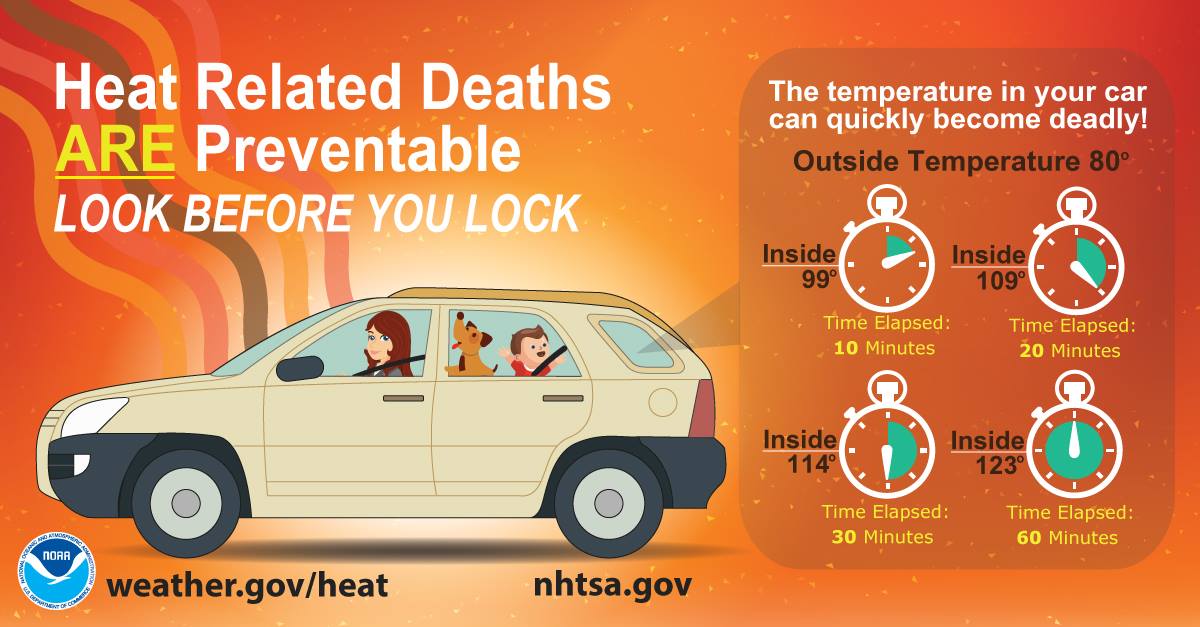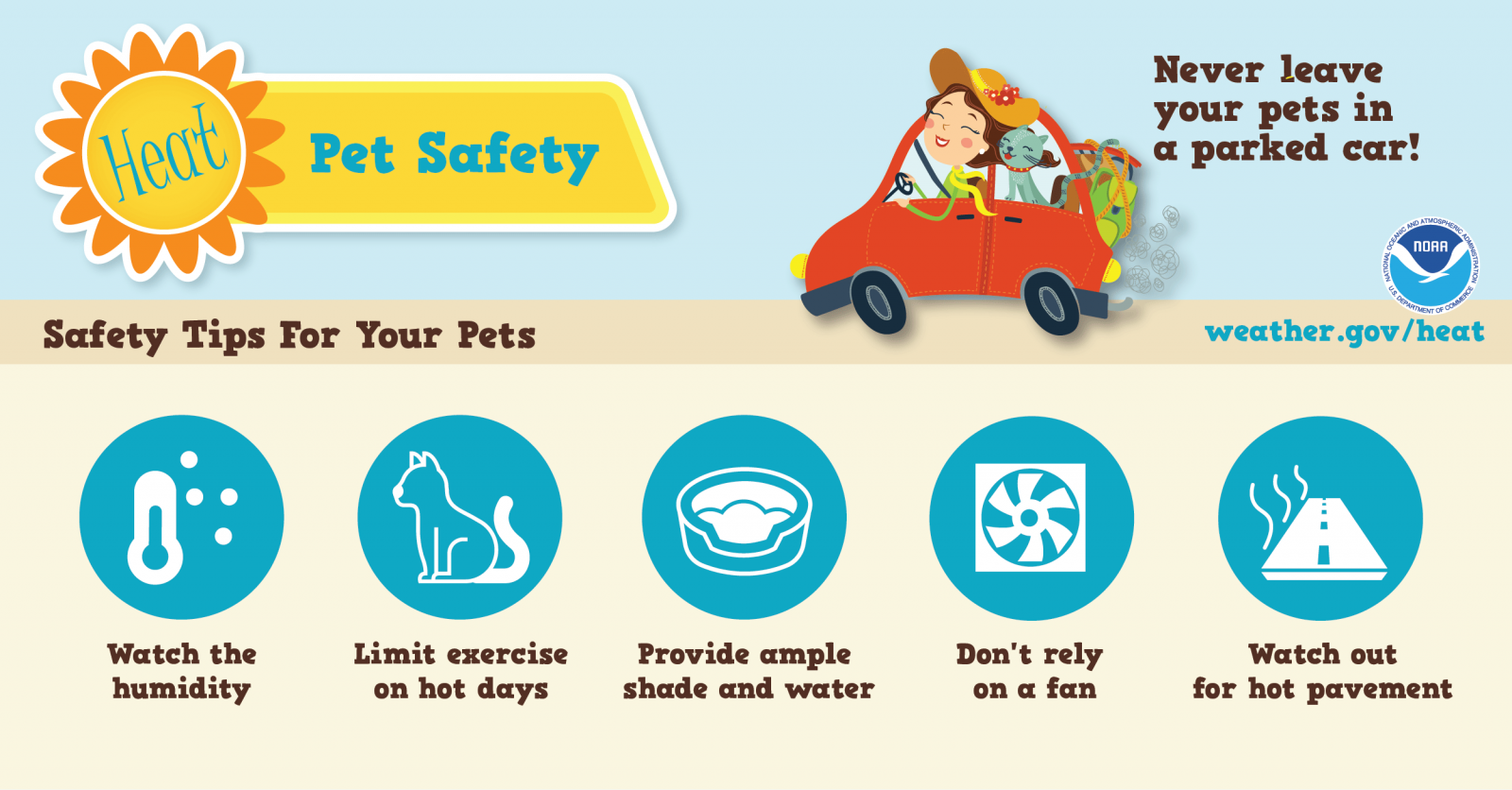Every summer vet clinics is South Dakota, get calls about dogs that just went outside and now they are drooling profusely. In most cases the dog has just encountered a South Dakota toad. Specifically, Woodhouse toads are common in our area. They toads hop around making them attractive “toys” for dogs and cats. However, glands in the toad’s skin secrete a bitter mucus that is designed to make predator animals drop them, thus sparing the toad from becoming dinner. The bitter secretions cause profuse salivation as the dog tries to “wash” the bitter substance from its mouth. Some dogs will also vocalize, vomit, wretch, rub their face a lot, or paw at their mouth until the unpleasant sensation passes. While some toad’s secretions can be very toxic to pets, these species are not found in South Dakota.
Author Archives: Sandra Wahlert DVM
Water is the most essential nutrient for life. Restricting a dog’s access to water, especially when they are working and playing hard in hot weather can be a recipe for heat stress or worse yet heat stroke. Dogs cool themselves by panting and by sweating on the pads of their paws. About 60% of the heat dissipation occurs via water evaporation from the respiratory tract. If your dog gets overheated first try to cool it down by getting it into the shade, applying cool water to the pads of the feet, chest, front legs, and groin area, slowly walking the dog, getting in front of a fan or air conditioner. You can also run cool water over the dog or mist it, but don’t submerge it. After the dog has cooled down some you can start to offer small amounts of cool (not ice) water every 10-15 minutes or so. Gulping large quantities of water can lead to vomiting. Preventing overheating in the first place is by far the best medicine.
Aaaah! The wind in my fur. Tongue flapping saliva all over the window and the passenger in the back seat. Splat bug in my eye!
While riding unrestrained in the back of a pickup or hanging a head out of an open car window can seem like a romantic excursion for a dog, it is a very dangerous idea. Every year dogs are killed or severely injured from falling out of the back of moving vehicles or jumping out of open windows. Some just lose their balance, others bail out willingly at the sight of another dog, person, cat, or rabbit. Bugs and flying road debris can cause injury to the eyes and face. Additionally, improperly restrained animals cause an estimated 30,000 car accidents per year. Crates, properly adjusted doggy seat belts, and tethers can all help keep a dog safe. If your dog for some reason has to be tied in the back of a pickup truck make sure that the tether is short enough that the dog can’t jump out and hang himself.
 Traveling with your pet this summer? Here are some helpful tips
Traveling with your pet this summer? Here are some helpful tips
Know the area you are traveling to and the health risks that might be present. For example, Lyme disease is endemic in some states.
Make sure you pet is current on any necessary vaccines. Allow enough time between vaccinations.
If you don’t already have your dog on heartworm prevention, get them tested and start prophylactic medication. Heartworms, which are spread by mosquitoes, are most prevalent in southern, mid- western and coastal states.
Make sure your pet is protected against fleas and ticks via an oral or topical preventative. The last thing anyone wants to bring back from vacation is a flea infestation.
 Keep a copy of your pet’s vaccination and medical records with you when traveling.
Keep a copy of your pet’s vaccination and medical records with you when traveling.
Allow enough time to get a health certificate if necessary and check airline and destination regulations.
Make sure you have an adequate supply of your pet’s food and any medications it might need.
Talk with your veterinarian about having medication on hand, if your pet suffers from travel anxiety, or transient stress diarrhea or vomiting.
Vehicles as pet ovens! Beware!
With ambient temperatures getting warmer once again, it’s time to keep your pets out of the hot car. The greenhouse effect of car windows and lack of airflow can turn a car into an oven in short order even on a cool (50-60 degree)sunny day. Having water available and shade can be helpful, but don’t get a false sense of security that your pet will be okay inside of a vehicle.
Very young dogs, old dogs, sick dogs, and brachycephalic (short- nose) breeds are especially susceptible to high temperatures. Depending on how warm the dog was and for how long, heat stroke is not always reversible even with emergency treatment.
Don’t take a chance, keep your pet safe!


 Do I need to worry about Lyme Disease in Hot Springs?
Do I need to worry about Lyme Disease in Hot Springs?
According to local and national disease prevalence maps, this area of South Dakota is not currently infested with the black-legged tick (Ixodes scapularis or deer tick). These are the ticks that transmit lyme disease. Black-legged ticks congregate more around coastal California, the Great Lakes area, the eastern US, and in the more humid southern states.
Dogs that travel to South Dakota from these areas can be bitten by a deer tick in another state and then be diagnosed with Lyme Disease in South Dakota thus giving the perception that it is found here. However, Brown Dog ticks and American Dog ticks are found throughout South Dakota. These ticks can transmit Rocky Mountain Spotted Fever and Tularemia.
Topical or oral applications of flea and tick medications can greatly reduce the chance of your pet getting infested with ticks.
 What is Brucella canis?
What is Brucella canis?
B. canis is a bacteria that can cause reproductive problems (notably abortions and stillbirths) in dogs. It is a similar organism to the Brucella abortus bacteria that causes Brucellosis in cattle, bison, and elk in the Yellowstone area.
The bacteria can be found in highest concentrations in reproductive fluids and to a lesser extent in urine, milk, blood, saliva, nasal and ocular secretions, and feces. It can be shed intermittently for months to years after the dog is infected and can survive in the environment for extended periods of time.
Although rare, humans can also contract the disease via open wounds or mucosal surfaces (inside of the eye, nose, etc.) that come into contact with the bodily fluids of infected animals. Dogs are diagnosed by a blood test.
Unfortunately, there is no known cure for the disease and euthanasia of the infected animal is currently recommended to stop the spread.
To learn more, you can download this pdf file from Iowa State University http://www.cfsph.iastate.edu/Factsheets/pdfs/brucellosis_canis.pdf
 Spring is in the air, bringing with it the creepy crawlies and visions of summer vacations. Don’t let your pet(s) go unprepared for the warmer season!
Spring is in the air, bringing with it the creepy crawlies and visions of summer vacations. Don’t let your pet(s) go unprepared for the warmer season!
SPRING PET CHECKLIST
- Heartworm testing and preventative medication
- Flea and tick prevention
- Rattlesnake vaccination for at risk dogs
- Current I/D tags and/or microchipping
- Current vaccinations including kennel cough (bordatella)
- Fecal parasite check and /or preventative medication.
- Schedule appointment for a summer shave, if needed.

We hope this pup doesn’t find that basket of goodies!
Like most holidays celebrated in America, Easter brings food and fun for us and potential toxins and hazards for our pets.
Chocolate, macadamia nuts, xylitol sweetener, and Easter lilies are all toxic to pets if consumed.
Plastic Easter Grass can be especially appealing to cats and as with any linear item can cause life threatening obstructions in the intestinal track.
Large dogs are capable of obstructing their GI tracts by swallowing plastic Easter Eggs whole.
Stuffed animals given to the kids are often mistaken by the family dog as their play toy. The stuffing and plastic eye balls can also cause GI upset or obstruction.
Most pets are curious about new objects in the house so decorations, candles, Easter Baskets, toys and plastic/foil wrappers should be kept out of a pets reach.

Many small dogs have mouths with crowded teeth or retained baby teeth necessitating the need for more frequent dental cleanings and care.
Beware! Designer dogs need to come with extra care labels.
Small dogs are cute and they don’t eat as much as a large dog, but they usually come with a multitude of other health issues.
Before selecting a small dog check into any potential disease issues that breed might have and get certified dogs when possible.
Plan on setting aside money for yearly dental work. Many small dogs have mouths with crowded teeth or retained baby teeth necessitating the need for more frequent dental cleanings and care.
Small long- backed dogs like dachshunds often develop intervertebral disk disease and any short- legged dog with misshapen legs can have yet another set of developmental orthopedic issues.
Extra wrinkles tend to come with a milieu of dermatologic problems and cute smushy faced critters have breathing issues as well.
So, do your research and set up a savings account.




